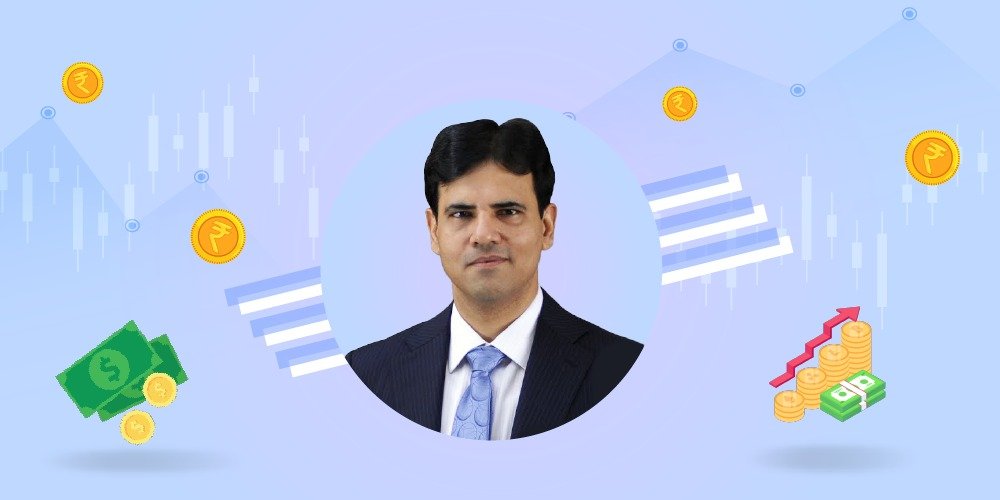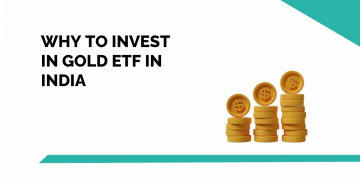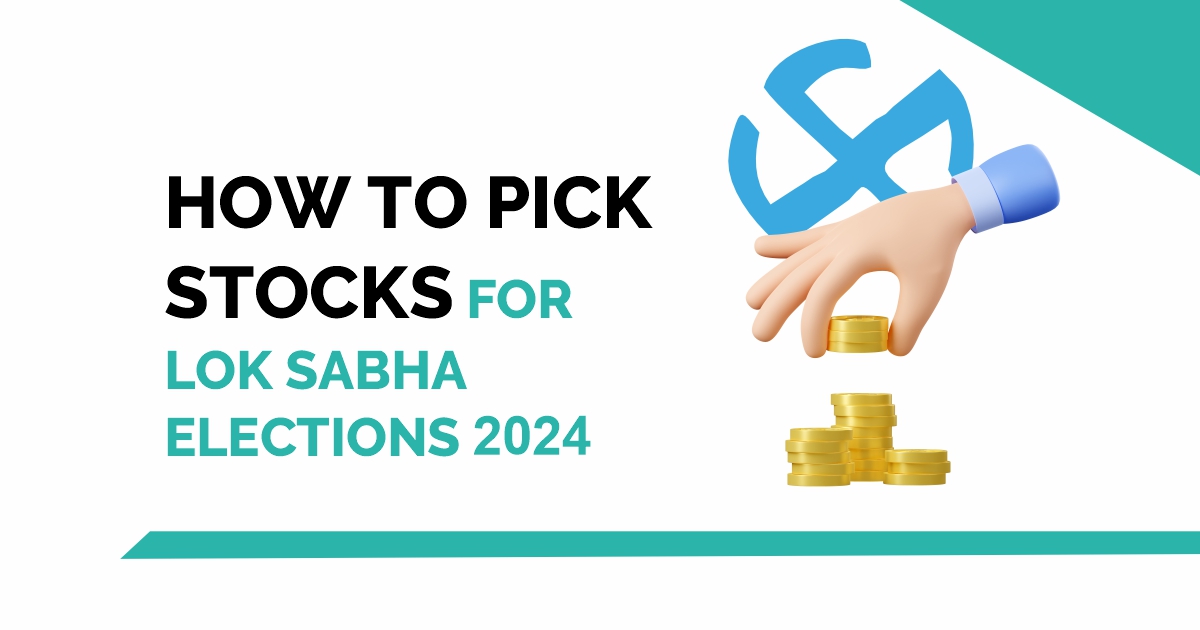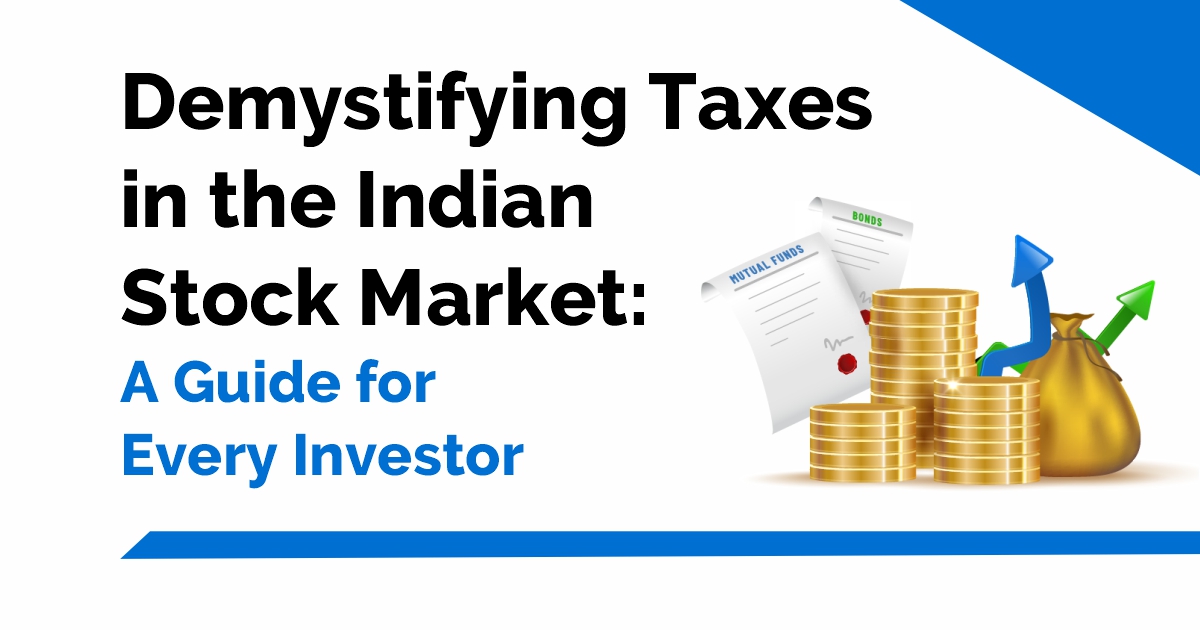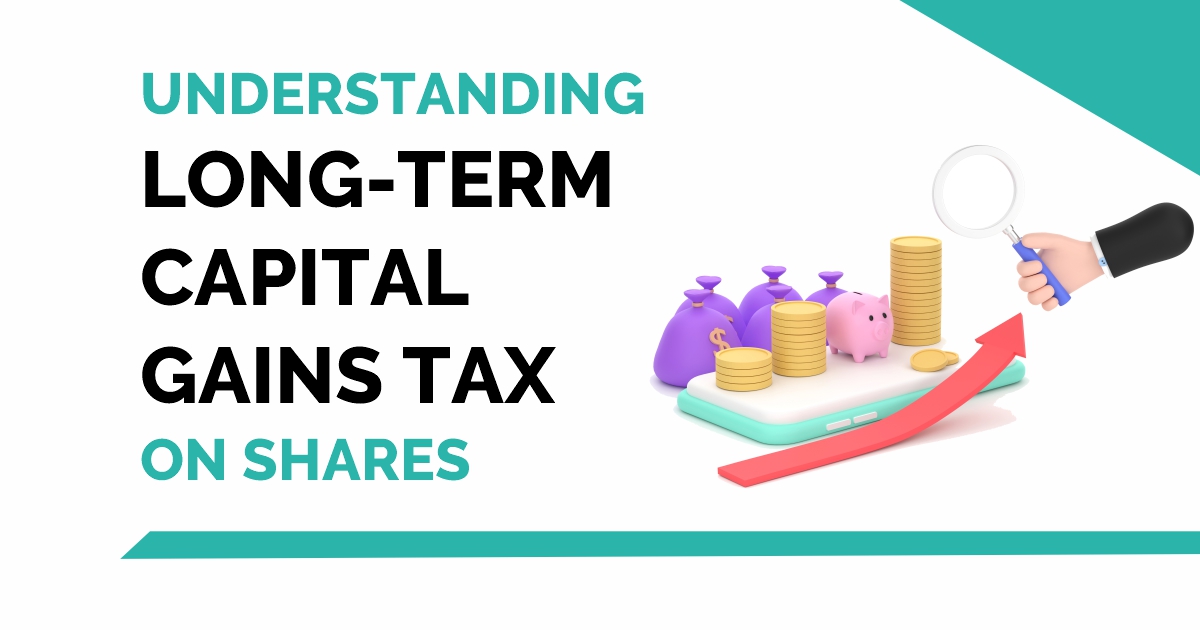In an interesting session as a part of the highly popular Face2Face series, conducted by Elearnmarkets, Mr Vivek Bajaj, Co-founder of Elearnmarkets, invited Mr Sandip Sabharwal, a successful stock market investor with many years of experience, to decode the formula for Penny, Small, Mid and Large Cap Investing.
Mr Sandip Sabharwal is a B.Tech in Chemical Engineering from the Indian Institute of Technology Delhi & he did his PGDM from IIM Bangalore. He started his career with SBI Funds Management Pvt Ltd and worked for SBI Mutual Fund for the first 11 years of his career.
This blog will be a detailed discussion on the various spectrums of investing. Managing personal finance and understanding the idea of investing are necessary during investments.
Investors need to know about the size and worth of the companies before investing, which includes small-cap, mid-cap, and large-cap companies. Our expert will discuss all this in detail for our viewers and the factors that should be considered before making a financial decision.
- If someone wants to build their stock portfolio, then how many stocks should be there?
- What are large caps, mid-caps and small caps?
- What can we consider as the market cap of penny stock?
- What about Investing in large-cap companies?
- In a top-down view, which sector do you think will perform well?
- You can watch the entire video here
- Bottomline
If someone wants to build their stock portfolio, then how many stocks should be there?
Mr Sandip Sabharwal mostly believes that 9-15 stocks are good for portfolio diversification and not more than 10-11% should be spent on stock.
And due diligence should be done before investment. Once you have done good due diligence and you’re satisfied that the company will perform well, he doesn’t believe in taking only a 2-3% bet. He believes in taking a bet of more like 5-6%.
So, a diversification of 15 stocks is good. If you’re a professional, then you can take the risk of 9 stocks, but it is quite less. He would say, you should keep it till 15. With more than 25 stocks, diversification starts working negatively.
Because some stocks are doing good, whereas some are doing bad, so it starts balancing out with each other. So, according to him, say diversification of more than 25 is return destructive.
Typical philosophy that is difficult even for the professional investors to the sideline that sell the profit-making share at 10-20% return. If loss one goes to 50% also, you keep hoping and praying that somehow, it’ll come up.
So, hope and pray don’t work in the market. So the actual philosophy is to ride your winners and exit your losers. The general philosophy of 90% of the people is to sell your winners and not your losers. Once the profit is made, run.
But it’s the winners who go ahead and become even bigger winners. That’s why 90% of people lose money in the market. And 10% or less than 10% of people make money.
What are large caps, mid-caps and small caps?
People ask what is large-cap, mid-cap, and small-cap. A mutual fund generally communicates this to you. So today, it is considered that the first 100 stocks are large caps, the next 150 are mid-caps, and below that are small caps.
So, when we work for ourselves and not for mutual funds, we change it a little bit. We consider big and established companies as large-caps it may be outside 100
The one in the definition of small-caps is mid-cap companies. They are good and an established company below the top 250, but it is wrong to say them as small-cap, so we put them in mid-cap too. So, we tweak it a little bit when we invest.
What’s the importance of 100? It should have been the threshold if there’s a market cap. They thought that the market moves continuously, so when Nifty was 6,000 and when it became 12,000, it became 18,000; so there can’t be the same definition for small-cap, mid-cap, and large-cap. Because the market capitalization of every company is changing, this was the thinking process, in my opinion.
Mr Sandip Sabharwal broadly believes that the companies above 5000 crores are mid-cap and not small-cap. However, he considers below 5,000 crores as a small cap.
He stopped investing in penny stocks many years back. He realized that we could make money in penny stocks, but the risk you take in it, and ultimately you cannot make money in what happens at the end of the cycle.
So, if you get lucky enough that the penny stock you invested in increased, then a confirmation bias comes. From the perspective of retail investors, my advice would be to stay away from penny stocks.
So, you’re investing; you should take 2-3% of the risk on your portfolio and not more than that.
What can we consider as the market cap of penny stock?
According to Mr Sandip Sabharwal, a company of less than 500-600 crores can be said to be a penny stock. Because some companies above that range are also good and come in small-cap. The market cap remains down once they get out of fancy.
But if they are an established company and have good products and services, companies of that market cap sometimes do well. So indirectly, you’re asking us to avoid the companies below 5000 crores market cap.
Generally, for retail investors, because retail investors don’t have that much competence that they could research themselves. So they’re relying on many stocks that are being pushed on social media; you get a lot of information, but ultimately you don’t know what’s going to happen, and until the business model is established, there is a risk.
So why do you want to take such a risk from your portfolio? Because eventually, if you see the best fund manager can also make only a particular amount of return in the longer term.
If you think you can do it better, it can keep you in the short term, but it does not happen in the longer term.
What about Investing in large-cap companies?
Large Cap- when we invest in Large Caps, we take a top-down view of which sectors will do well. And like when they were talking, so he thinks there’s peak coming in the technology sectors.
What’s the reason? The reason is that there’s too much optimism. In his view, the over-owned sector and cost-traces will increase in the future.
And now we’re starting a US Fed tightening cycle, so as soon as the slowdown starts in the US economy, people cut their discretionary IT spending at first, so managements are very bullish.
When the IT management was negative, that was the best time to buy it. Now, managements are very bullish, and the earnings forecast is very bullish. So during this time, my top-down view is to ignore it.
In a top-down view, which sector do you think will perform well?
The one which was an old fancy sector- Pharma, I think the large-caps in Pharma have under-ownership, earnings growth has been negative, margins have been squeezed in the last two years, and pricing pressure exists in the US market.
Negativity is there. Since investors own less, there can be a good move even if a positive surprise comes. Broadly he gives us two sectors as a general example. In large-cap, what we do is we take a top-down approach that this sector will do good, and within that, we find the best companies. Let’s take the example of cement. If we see that cement will outperform in the long run, which company is the
UltraTech cement is the best company in my view. So then we’ll allocate in UltraTech cement. So large-cap investing is done in a top-down approach. And then, we select the best stocks by a bottom-up approach.
You can watch the entire video here
Bottomline
We hope you found this blog informative and use it to its maximum potential in the practical world. Also, show some love by sharing this blog with your family and friends and helping us in our mission of spreading financial literacy.
Happy Investing!
You can also visit web.stockedge.com, a unique platform that is 100% focused on research and analytics.


